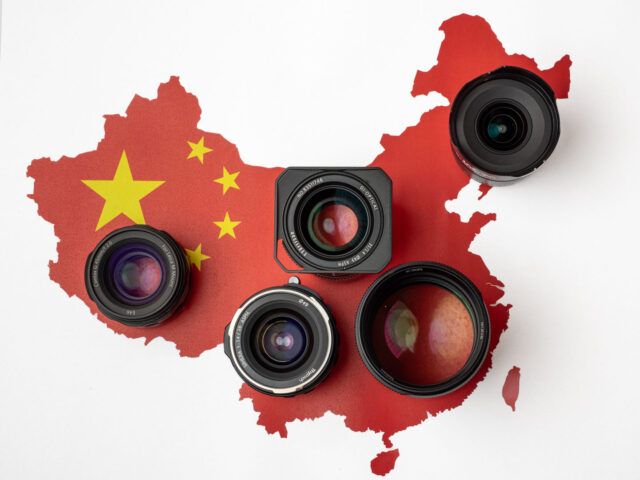
Have you heard all these names? TTArtisan, 7Artisans, Laowa, Thypoch , Light Lens Lab, Polar, Mr. Ding, Funleader: All these are M-Mount lens manufacturers from China. Some of them have been around for several years, others are new. This episode of The M Files gives an overview of all these brands of Chinese M-Mount lenses. Proper reviews might follow in the future.
If you are like me, you might find the number and diversity of lenses originating from Chinese manufacturers rather confusing. A whole series of new Chinese-based manufacturers for lenses with M mount has appeared on the scene lately. From independent designs, to more classic designs resembling Leica products, to creative conversion solutions, pretty much everything is on offer. All in all, there are now probably several dozen that could be considered ‘Chinese M-Mount lenses’. They are further expanding the already large selection from Leica, Zeiss, Voigtländer and Co.
Ground rules for this survey of M-Mount lenses from China
It is currently impossible to test and evaluate all these lenses as comprehensively as is normally the case in the M-Files. In part, this is due to the sheer quantity. The article is therefore an overview of Chinese manufacturers of M-Mount lenses and not a comprehensive list of their products.
Furthermore, I am not offering judgement on matters of intellectual property. The field of patents is complex and well beyond the scope of this article. All I have to say is that the patent on the M-bayonet has long since expired. New lens manufacturers are therefore free to use it, just as more established brands already do.
However, these products are out there in the world, and I do get questions about them regularly. That’s why I’ve decided to put together a special episode of the M Files. It is up-to-date as of Spring 2024, although the market is constantly changing. It covers manufacturers of M-mount lenses from China and their offerings. I don’t go into the lenses themselves as I usually do in the M Files. So, there are no comments on optical and mechanical quality and no sample photos. However, it is not impossible that such reviews will follow in individual cases.
I do not claim to have covered all manufacturers, but I think I can cover some of the most popular ones. If you are reading this, please keep in mind that things can change rapidly in this field. For brevity, I shall refer to M-Mount lenses produced by Chinese manufacturers as Chinese M-Mount lenses.
Chinese M-Mount lenses, #1: 7Artisans

7Artisans is one of the oldest manufacturers of M-Mount lenses in China. The company was founded in 2016 according to the website. It makes lenses for several mounts and also a wide range of cine lenses. The prices are generally low, and the company has established cooperations with US and European distributors, so you can buy from various sources.
Some lenses seem to be discontinued already
For Leica M-Mount, 7Artisans currently offers a 28/5.6, a 35/1.4, a 35/2 and a 35/5.6 pancake lens. Some time ago, the company also offered a 28/1.4 and a 75/1.25 — these two lenses will immediately ring a bell for many Leica users. Maybe these were one-time production batches, or they stopped them for other reasons. Both lenses came with tools for rangefinder adjustment, so there is some work to be done by the customer. But then, the 75/1.25 costs under €500 (Noctilux 75/1.25: €12,950).
The lenses are made of metal and glass. They are quite heavy and not as compact as their Leica or Voigtländer counterparts. The packaging is professional and comparable to that of some costly Leica lenses. I have seen examples of 7Artisans lenses, but never really used any of them.
Chinese M-Mount lenses, #2: TTArtisan
TTArtisan sounds pretty similar to 7Artisans, and there has been some confusion about this. As I understand, the companies emphasise that they are quite separate from each other. Petapixel reports, referring to a third-party source, that TTArtisan was founded as a rival brand in 2019. However, both companies have the same distributors in several markets. TTArtisan offers lenses for all major mounts, but not the whole range with all bayonets.
Classic designs
Leica M-Mount users will find lenses with specifications that seem familiar: A 50/0.95, a 50/1.4 and a 35/1.4. The line-up also contains a 21/1.5 with a Leica-like screw-on lens hood. The 28/5.6 is similar to Leica’s Summaron. The latest addition is a 35/2 lens with APO in its name. It is large but comes at a fraction of the price of Leica’s or even Voigtländer’s 35 APO.
With the lenses I have seen so far, the Leica-inspired design is obvious. The prices are very low, less than one tenth of what Leica commands. Again, the packaging is impressive. I am unable to comment on the performance of its lenses, but I have a TTArtisan light meter, which performs very well.
Chinese M-Mount lenses, #3: Laowa
Laowa is one of the better-known brands for Chinese M-Mount lenses. But that’s not primarily for its commitment to M-lenses, but for its innovative products for many DLSM mounts. Laowa has brought out several lenses no one would have expected or necessarily believed we needed. Among them are ultra-macro lenses with a short focal length, a probe lens, and more.
A break-up and a new beginning
Petapixel has some interesting background information on Laowa: “Laowa is the brand name of Chinese manufacturer Venus Optics (headquartered in Hong Kong), another recent startup, having begun operations in 2013. They claim their design team has worked for Japanese and German manufacturers and — presumably — has good knowledge of their lens designs.” Whichever the “German manufacturer” might be, this sounds serious. Intriguing detail: Laowa’s domain has been manual focus so far — a clever decision because it makes lens design far less complex.
For Leica M-Mount, Laowa sticks to its main territory: wide and ultra-wide lenses with a sensible aperture, a manageable optical design and limited manufacturing cost. The M-Mount lenses are rangefinder coupled and remarkably small. Even the pretty spectacular 14/4 (no fisheye) lens can take normal 52mm screw filters. A one-of-its-kind lens is the 12-24/5.6, an ultra-wide-angle zoom lens. This one, of course, only makes sense with an electronic viewfinder.
Chinese M-Mount lenses, #4: Thypoch
Another new and rather interesting Chinese manufacturer of M-Mount lenses is Thypoch. Mike Evans has described the etymology of the unusual name here. According to Petapixel, Thypoch has only been active since 2023, but it is already clear that this brand wants to differentiate itself from the low-cost strategy of some of its competitors. Production has started, and some retailers already have the new lenses in stock (the manufacturer itself seems to be sold out).
All stops pulled
Unsurprisingly, a 28mm and a 35mm are being launched. Both are rangefinder classics. What is more remarkable is that Thypoch is taking on the challenge of launching with a fast speed of f/1.4. The bar is set pretty high, and the prices of around €760 for each of the two lenses indicate a certain self-confidence. This is pretty much the Voigtländer price point — its 35/1.4 costs less and the brand new 28/1.5 (which receives considerable acclaim by reviewers) not much more. On the other hand, both Thypoch lenses feature a floating element, which is quite a challenge for design and manufacturing.
A nice detail is the depth of field display, which uses an automatic scale — not a new invention, but nicely implemented — to intuitively show the selected distance and aperture from where to where the focus range extends. If the optics and mechanics of the two lenses — which I have never been able to actually use — match the company’s published ambitions, this would be a remarkable new addition to the M-mount world.
Chinese M-Mount lenses, #5: Light Lens Lab
Light Lens Lab is special in that this manufacturer focuses entirely on the reproduction of historical Leica lenses. To achieve this, the company seeks lenses that have a more or less legendary status and tries to recreate them — as close to the original as possible, according to its statements. This all seems to be carried out with an almost scientific approach, including comparisons of the MTF curves. Many believe that Light Lens Lab’s boss, Mr Zhou, is a true expert in the field of lens design and mathematics.
The ELCAN comes back to life
Among the lenses that Light Lens Lab has recreated so far is the first Noctilux, the 50/1.2 from 1966 with aspherical lenses. The line-up also encompasses the equally legendary eight-element Summicron 35, the 35/1.4 Aspherical (double aspherical) and the ELCAN 50/2, which was developed and manufactured in Canada as a kind of turbo-Summicron for military purposes. As far as I understand it, these replicas are created using glass types that are as authentic as possible. The aspheres are also produced, historically correctly, by polishing.
For upcoming projects, Light Lens Lab collects deposits, similar to crowdfunding, and customers then pay the rest on delivery. What they get in return is certainly not a cheap imitation; the prices alone (between about €800 and €2,500) make this clear. I have not yet used any of these lenses, but I know some enthusiastic owners. Furthermore, the reviews by renowned expert Ed Schwartzreich speak for themselves. He has used the 50/1.2 with pleasure and is also very impressed by the 35/1.4 double aspheric.
Chinese M-Mount lenses, #6: Polar
Reproducing legendary Leica designs seems to be a popular pursuit among lens makers in China. Polar is one of the younger ones, active only since 2023. From the images that have appeared on the internet, Polar’s objective appears to be to construct lenses that resemble Leica’s signature design, even down to the font used. However, in Polar’s first lens, a remake of the Summicron 35 version IV, Pre-Asph, and sometimes called the “king of bokeh”, it seems to have got it wrong. The original lens used the earlier, Helvetica-like font, and not the newer Leica font, which is called LG1050.
Old design, easy to reproduce?
At any rate, this is one more manufacturer of Chinese M-Mount lenses, and it remains to be seen if they will succeed. The lens the company has chosen to remake is highly esteemed among Leica users, and without aspherical elements, it might be not too difficult to pull off. But we know, the manufacturing process of a lens also requires much skill, knowledge, technology, and resources. Read here on fredmiranda.com more about this project.
With remakes of the seven-element Summicron 35 from Polar and of the eight-element Summicron 35 from Light Lens Lab, customers potentially have access to two interesting lens designs without having to pay outrageous collectors’ prices. We look forward to hearing how well they perform.
Chinese M-Mount lenses, #7: Mr. Ding
Mr. Ding calls itself a “studio” and says about itself: “We are a local brand in China, currently mainly dedicated to the research and development of the Leica-M Mount lens and the exploration of the old lens for Leica M.” So far, two lenses have been released, according to the website. One is called “Noxlux” (note the etymological similarity to Noctilux) and features a 50mm f/1.1 design. The other is a 35/1.8 which is, according to Mr. Ding, based on the Leica 35/2 (IV).
Classic glass types, modern coating
Mr. Ding claims it sticks to classic design principles and materials such as Lanthanide glass. However, the multi-layer lens coating is said to be up to Zeiss T* standards, which is quite a statement. I have never had one of these lenses in my hands, but at $600 for the 35/1.8 the company appears to be setting itself apart from the ultra-low price segment of Chinese M-Mount lenses. Interestingly, the 50/1.1 is cheaper, at $400.
In addition to producing Leica M-Mount lenses, Mr. Ding also offers a conversion kit for the popular Contax G-Mount 45/2. This is a similar offering to that of Funleader (see below). An ultra-thin 18mm f/8 lens is also in the line-up, but not for Leica M-Mount.
Chinese M-Mount lenses, #8: Funleader
Funleader is a bit of a special case. It is arguable if the production of M-Mount lenses is its main activity at all. An important part of its business is converting Contax G-Mount lenses for the abandoned autofocus rangefinder systems from the 1990s and 2000s into manual focus M-Mount lenses. And the optical cell it uses was made in Japan.
Thanks for a second lease of life
Funleader took on two G-Mount lenses: The Planar 45/2, the standard lens for the system that was the most sold lens, and the Planar 35/2, a more exotic lens that was not available from the start and this is not supported by the early G1 bodies. Both lenses have an excellent reputation, but they have become hard to find. That’s why Funleader at most times sells only the focusing helicoids for those who are brave enough to engineer the conversion themselves. In addition, Funleader offers two pancake lenses: A super tiny 28/2.8, and an 18/8.
I have used the ex-Contax 45/2 on Leica rangefinders extensively, read more about the lens in episode 15 of the M Files. In one sentence: This is an excellent lens. The 35/2 is one I want to cover one day in a long-planned article or a series about the Contax G systems. Both lenses/helicoids are not cheap (helicoids about €500, the complete lenses, when available, about €1,100) but the manufacturing is apparently excellent.
Conclusion: What can Chinese M-Mount lenses offer to a Leica photographer?
The variety of these Chinese M-Mount lenses is enormous. They range from inexpensive reproductions of recent Leica designs to truly innovative solutions. Whatever the case, these lenses open up new possibilities for M-Mount users. Many of them are quite affordable — but consumers should be aware that taxes and duties can make the bargain they are expecting significantly pricier. Good quality and serious R&D come at a price, and that’s why some of these new lenses come with a heftier price tag.
Cutting corners on lenses is never a good idea, simply because this is a long-term investment. Thus, low price alone is not a convincing argument for buying one of these Chinese-manufactured M-mount lenses. A good manual lens can last for decades (and retain a decent part of its value). That’s why it makes more sense to invest here than to go for the latest and greatest on the camera side. But if, for example, you need only a particular focal length once in a while, one of these offerings could be a good choice. However, if you’ve found your niche with a fast 21mm, for example, and want to buy a definitive lens, don’t expect to get much for your second-hand, Chinese-manufactured lens.
Between producing look-alikes and true innovation
To cut to the quick, there are some very fascinating products among these Chinese M-Mount lenses. Light Lens Lab or Laowa, for example, have unique products, while others compete only in terms of lower prices. If in doubt, I would rather go for one of the not-so-cheap, but still very reasonable, Voigtländer lenses if an original Leica lens is out of the question. But of course, that is all up to you.

Petapixel published, not limited to M-Mount, A Guide to Third-Party Chinese Lens Brands. Another overview can be found in this article on philipreeve.net: The Best Full-frame Lenses from China.
What are your experiences with Chinese M-Mount lenses? Any positive or negative surprises? Any experience with ordering directly from China? Have you ever needed customer support? And are you attracted to these new offerings, or do you have any reservations? Are the lower-cost versions of Noctiluxes and the like a threat to Leica? Please share your thoughts and experiences in the comments section!
The M Files: Get in-depth knowledge of M-Mount lenses, cameras and suitable accessories
The M Files is an ongoing project on Macfilos that focuses on photographic equipment with or for Leica M-Mount, made by companies apart from Leica or which are otherwise not part of Leica’s M system. It follows a more or less encyclopaedic approach without being scientific. The focus is always on the real-life use and usability of cameras, lenses and other items. Products covered by The M Files include cameras, lenses, viewfinders, light meters and more. Brands on the growing list include Contax, Konica, Minolta, Rollei, Voigtländer and Zeiss. Click here for the M Files Navigator, which gives you easy access to all articles and reviews by product type and brand.
Die M-Files: M-Mount-Objektive, -Kameras und passendes Zubehör jenseits von Leica M
Die M-Files sind ein Langzeit-Projekt, das sich auf Foto-Ausrüstungsteile mit oder für Leica M-Bajonett konzentriert, die von anderen Firmen als Leica hergestellt wurden oder die nicht zum M-System von Leica gehören. Es verfolgt einen mehr oder weniger enzyklopädischen Ansatz, ohne wissenschaftlich zu sein. Der Schwerpunkt liegt immer auf der praktischen Nutzung von Kameras, Objektiven und anderen Produkten. Zu den in den M-Files besprochenen Produkten gehören Kameras, Objektive, Sucher, Belichtungsmesser und mehr. Einige der Marken auf der wachsenden Liste sind Contax, Konica, Minolta, Rollei, Voigtländer und Zeiss. In deutscher Sprache erscheinen die Inhalte auf www.messsucherwelt.com.
Want to contribute an article to Macfilos? It’s easy. Just click the “Write for Us” button. We’ll help with the writing and guide you through the process.

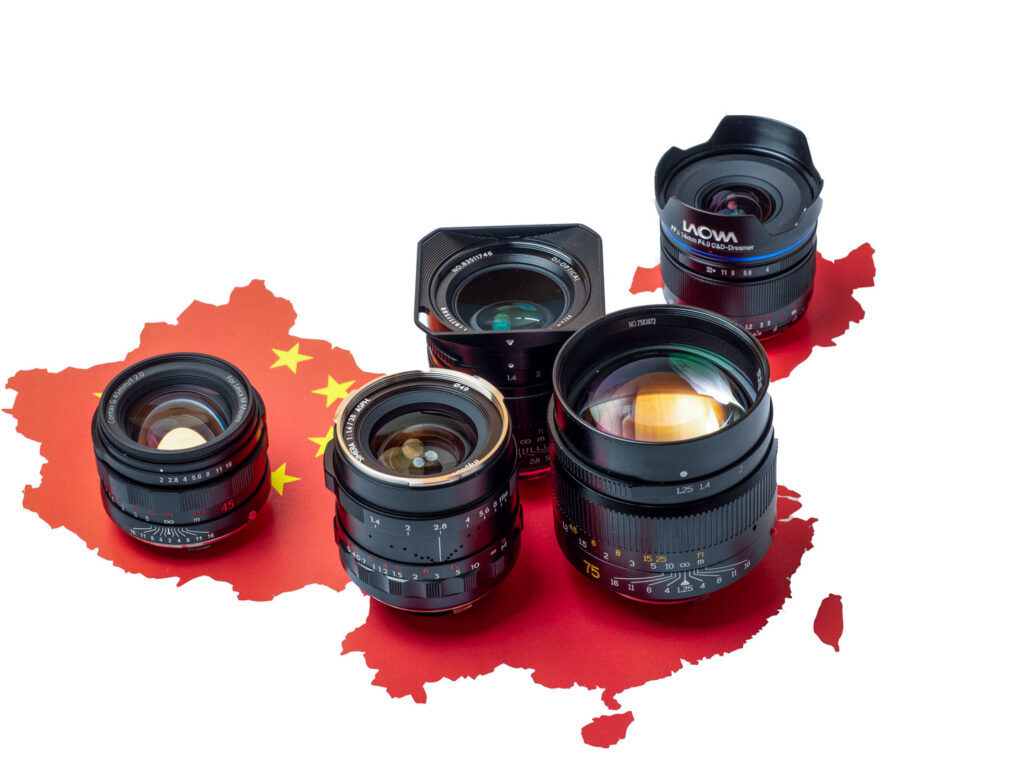
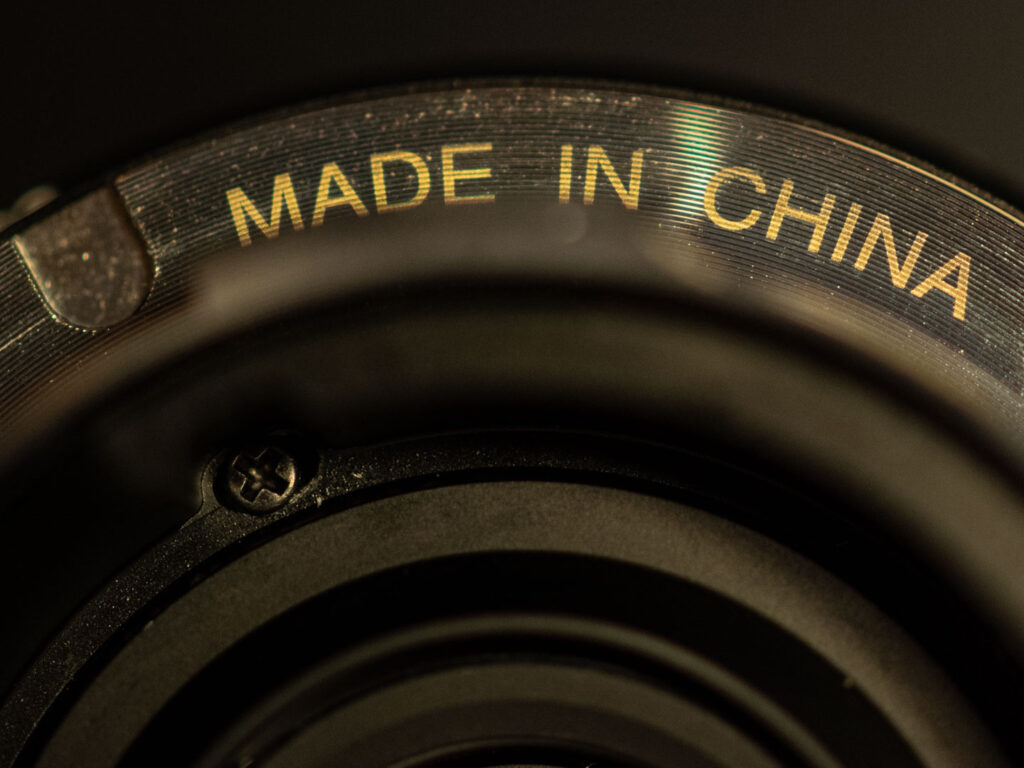
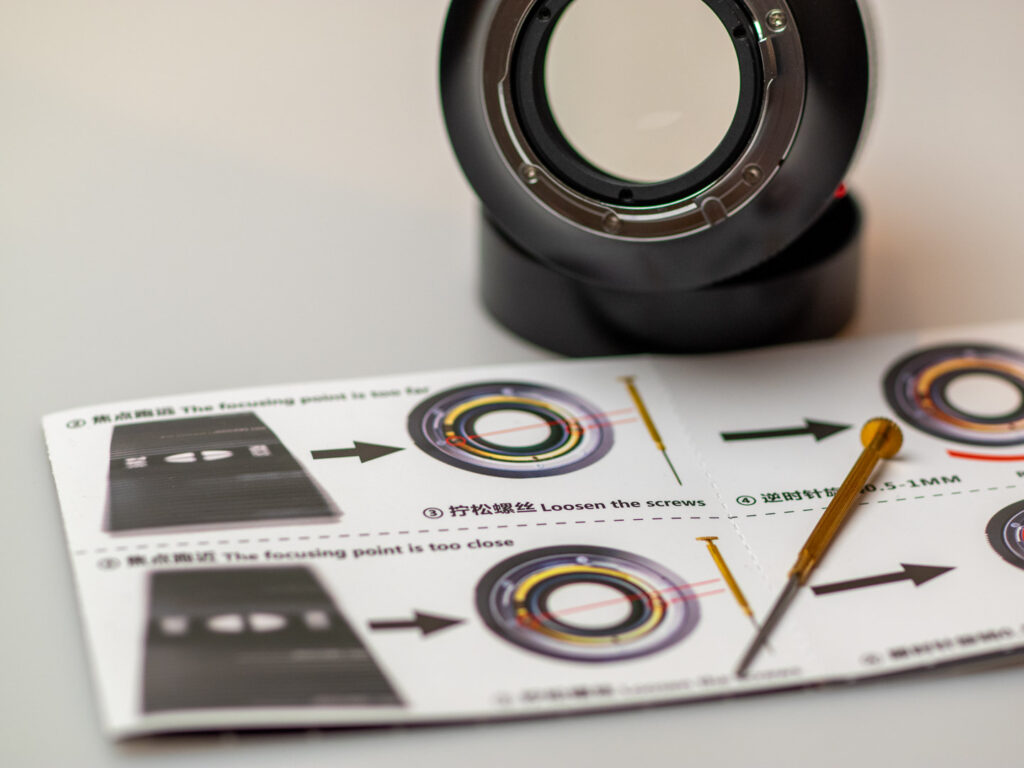
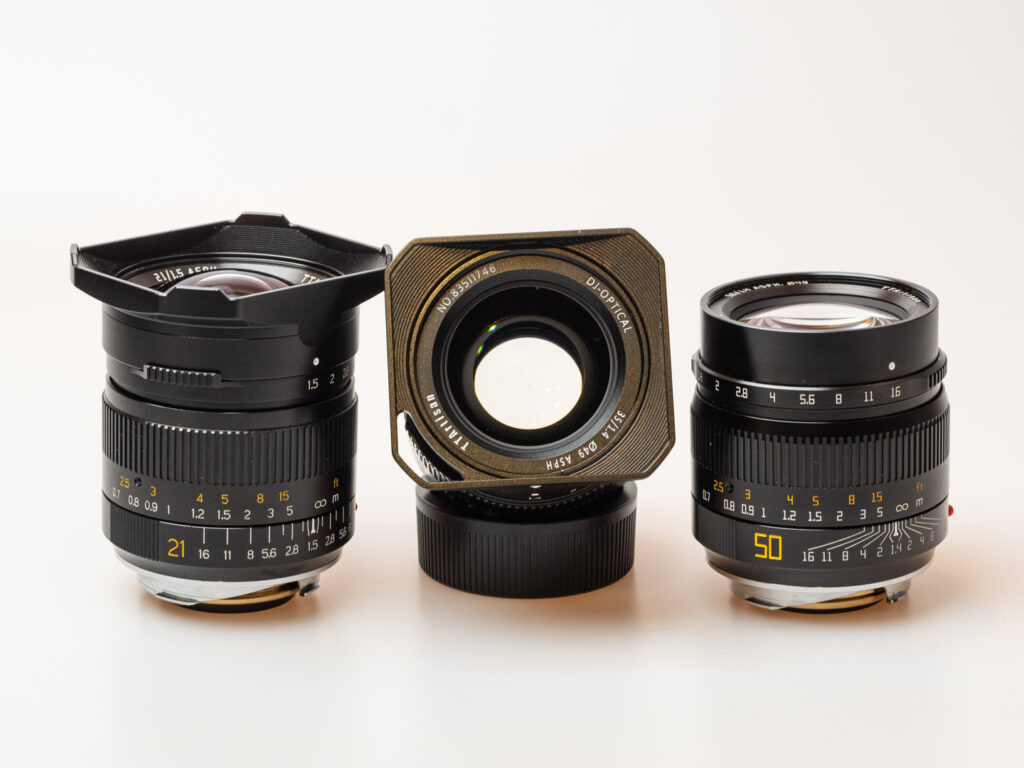
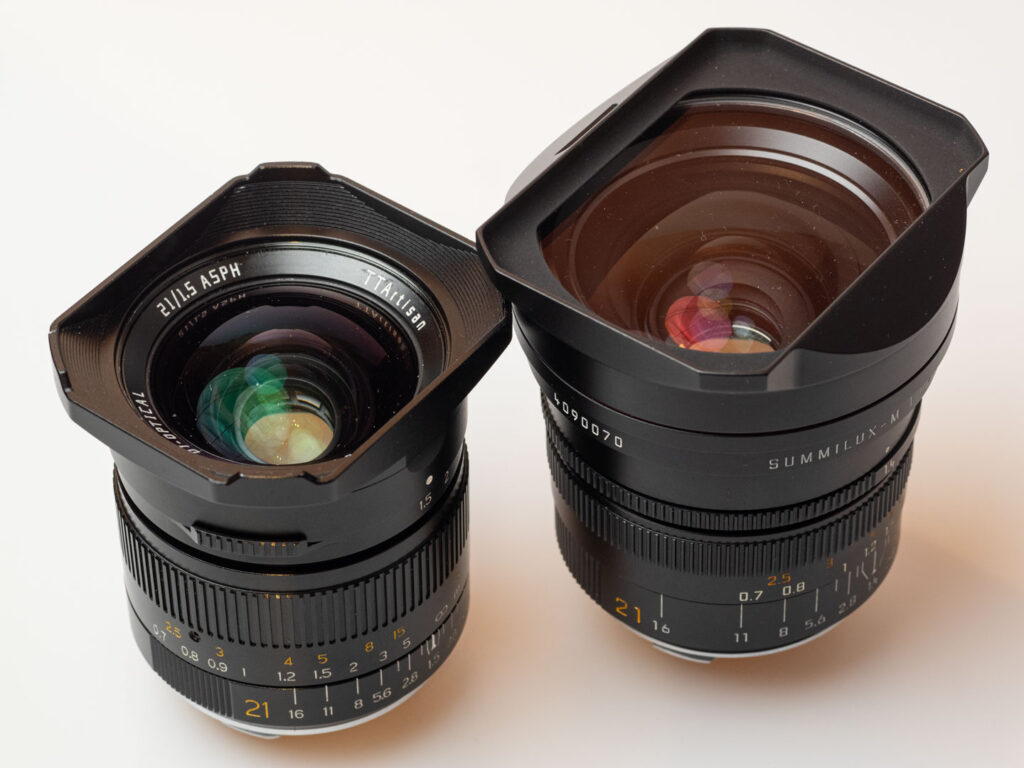
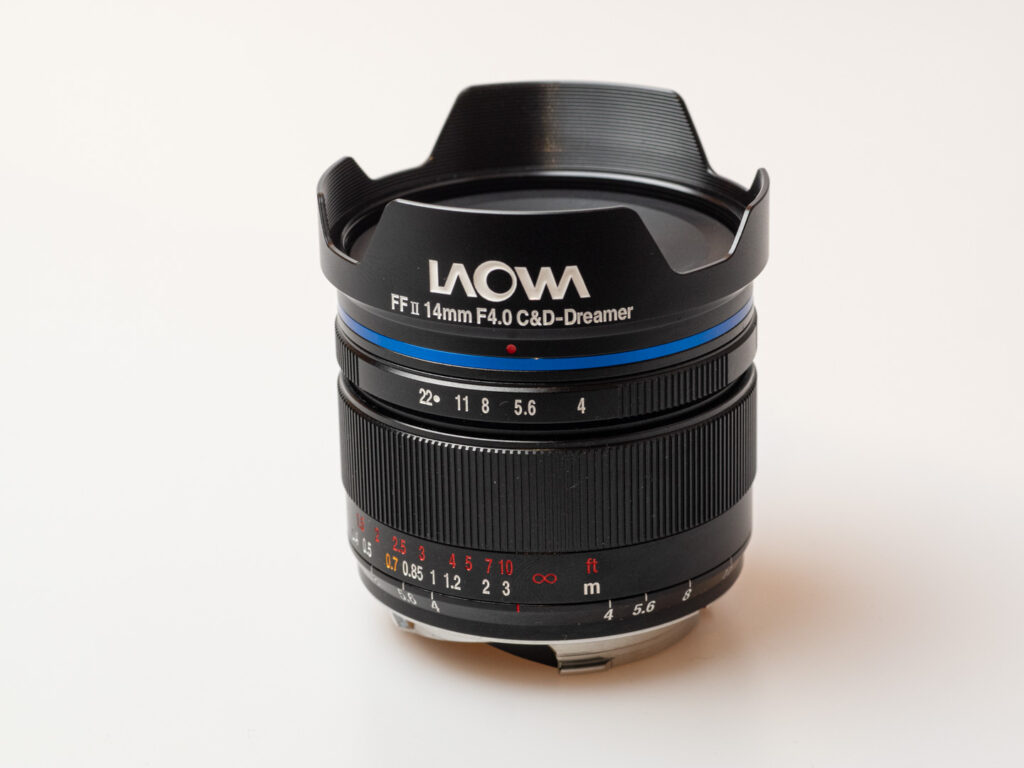
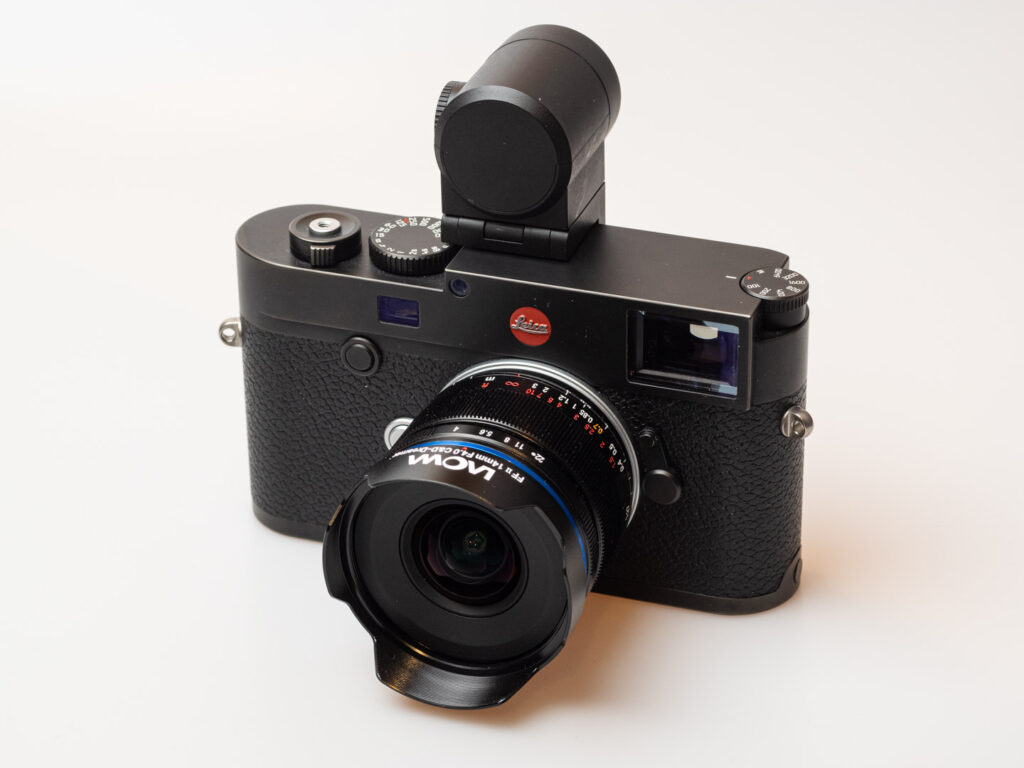
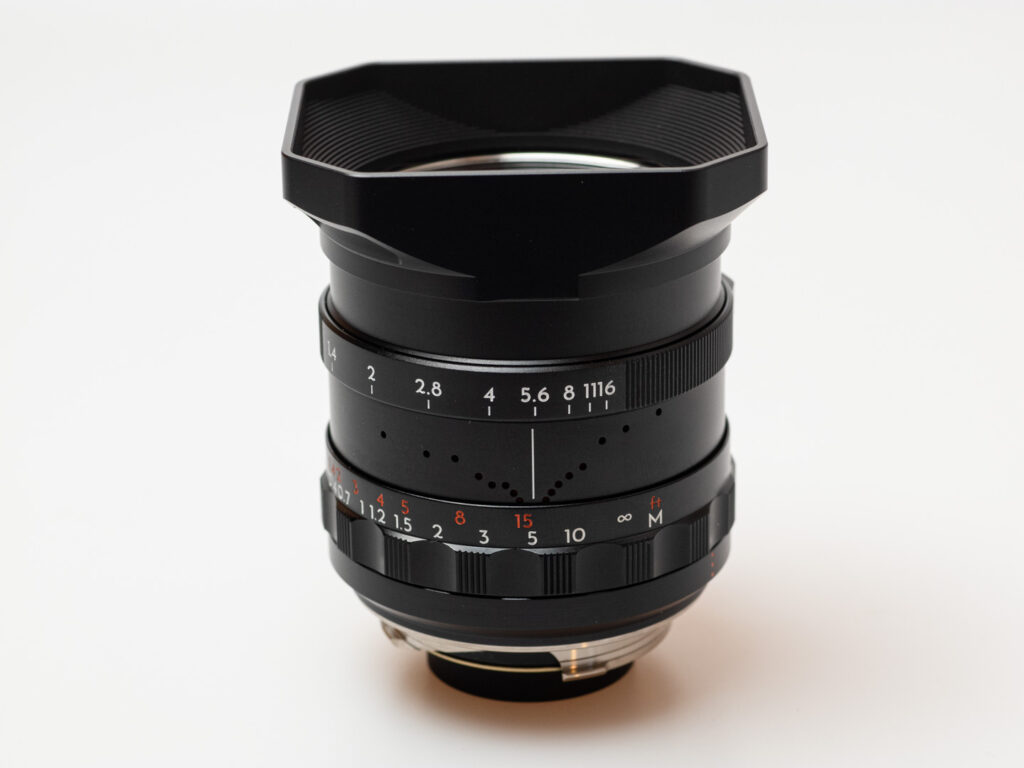
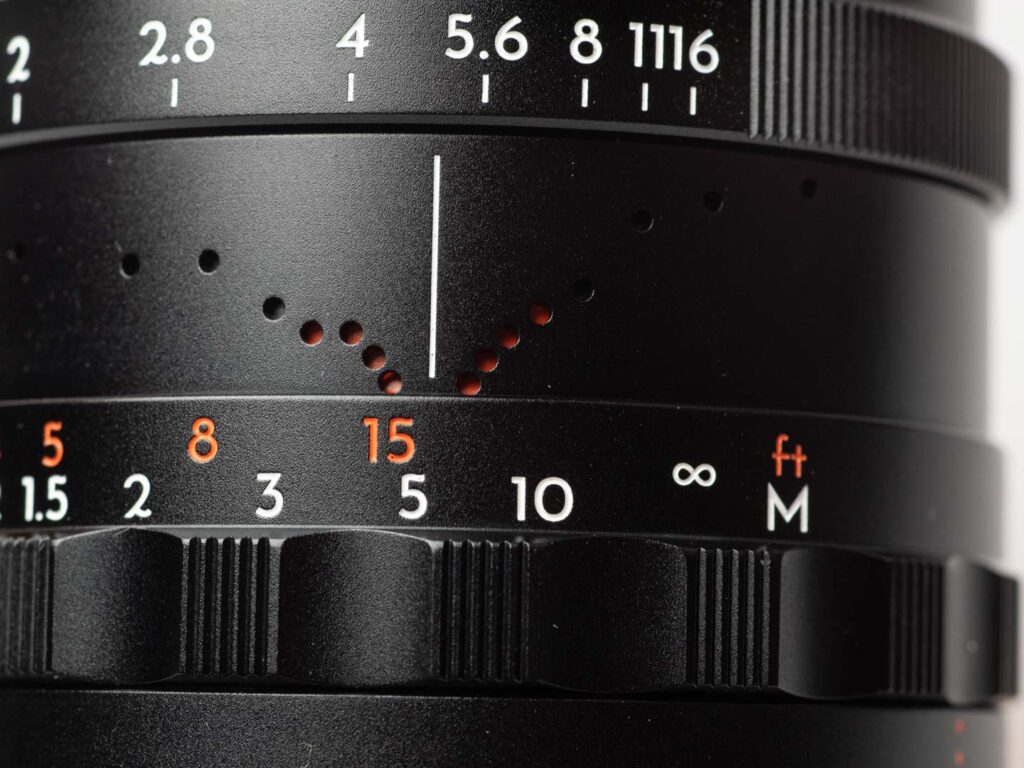
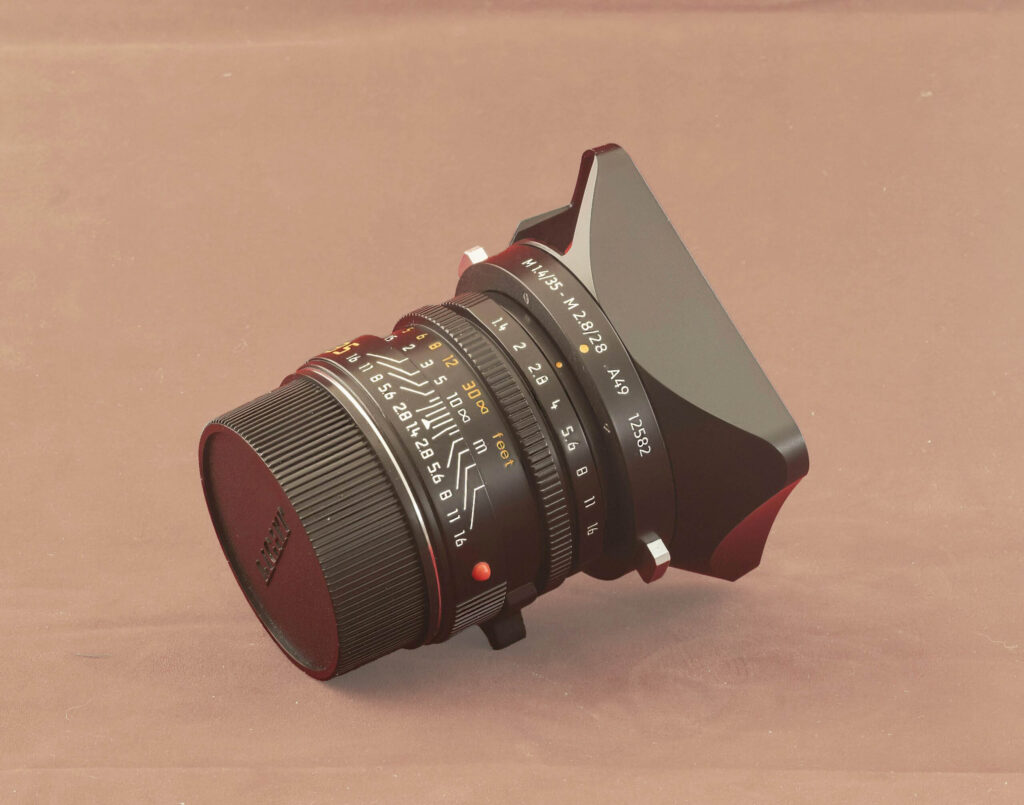
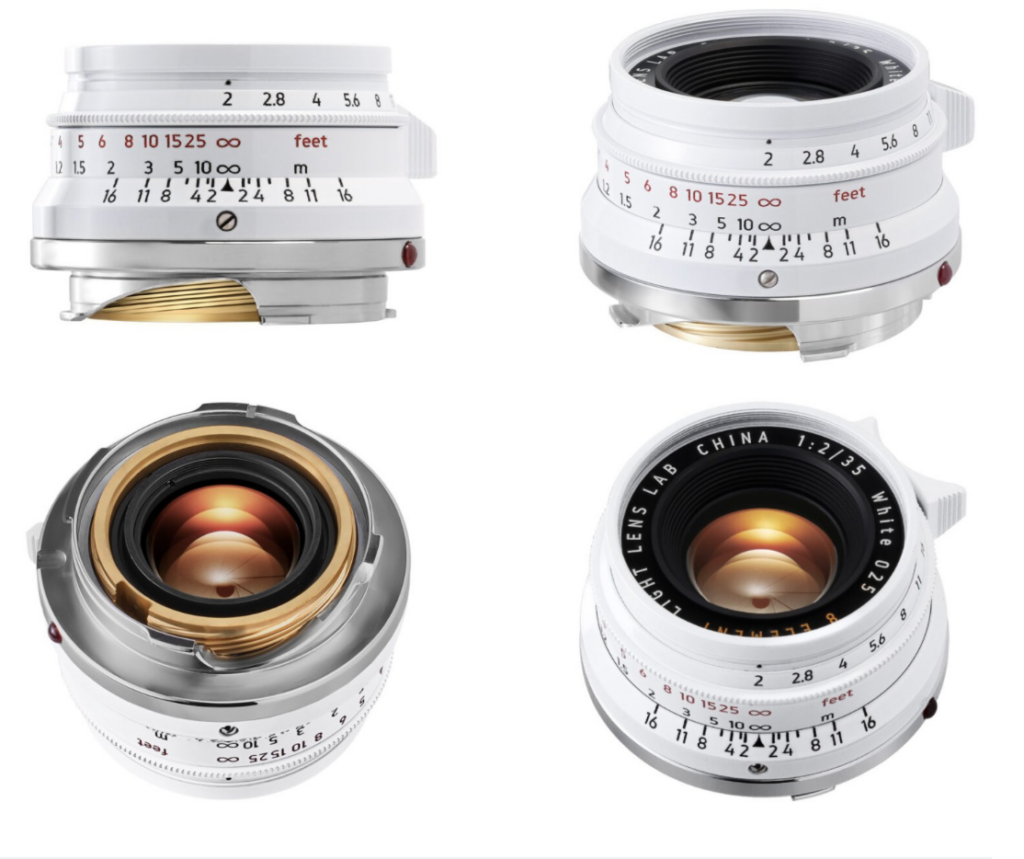
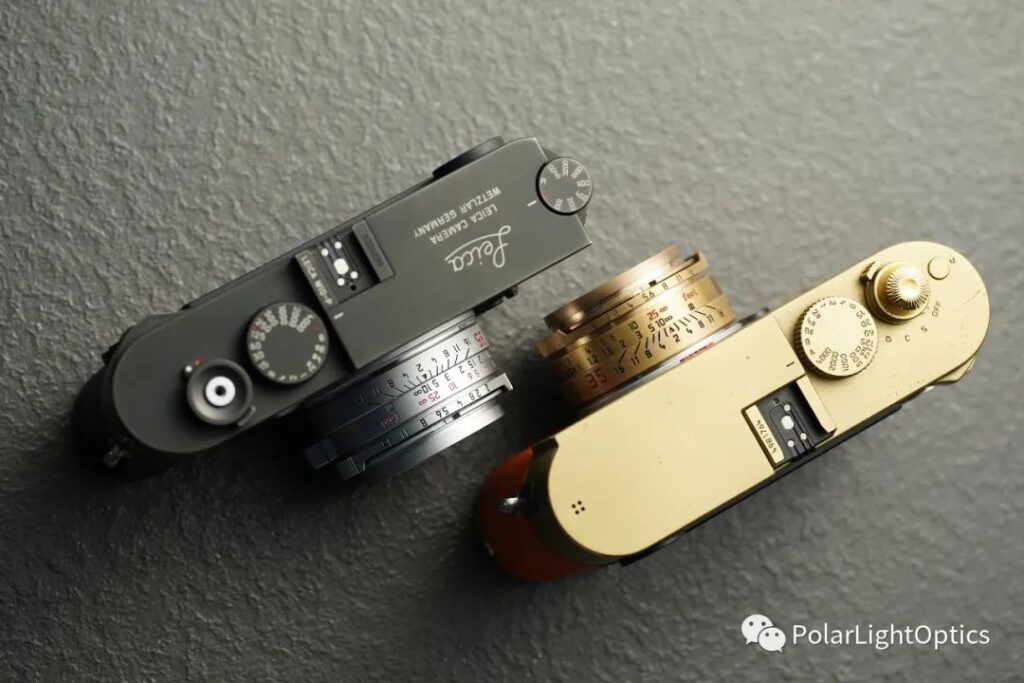
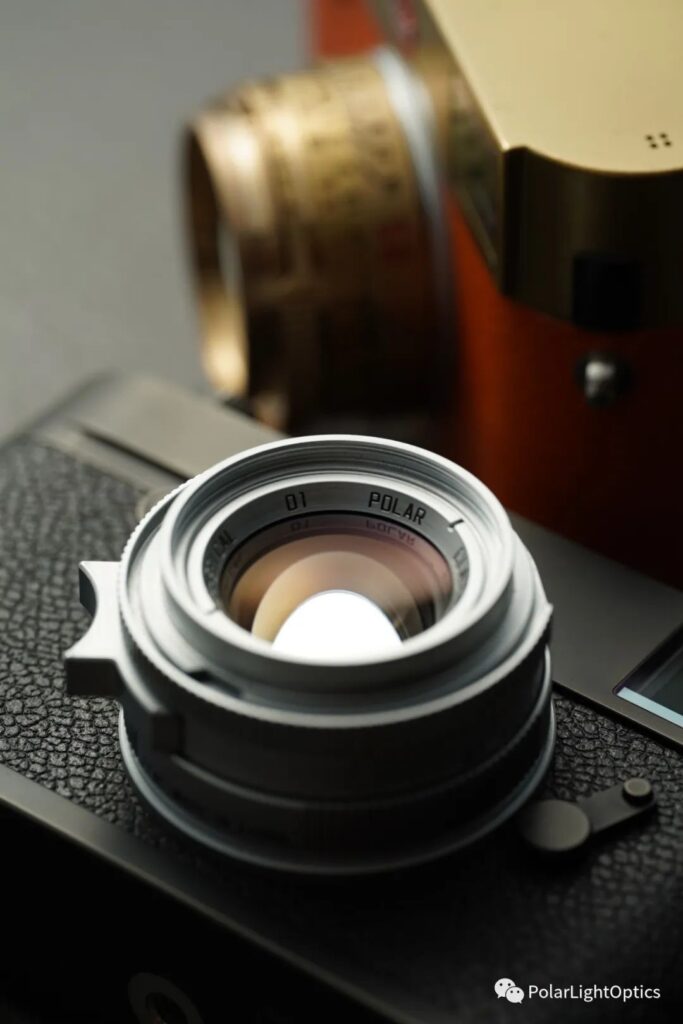
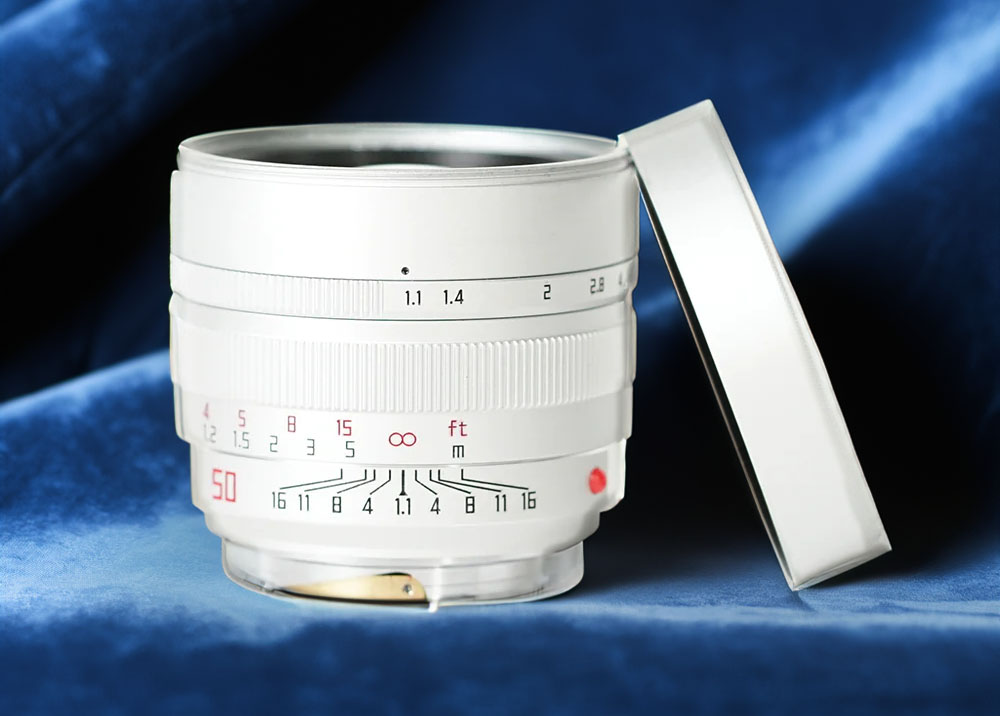
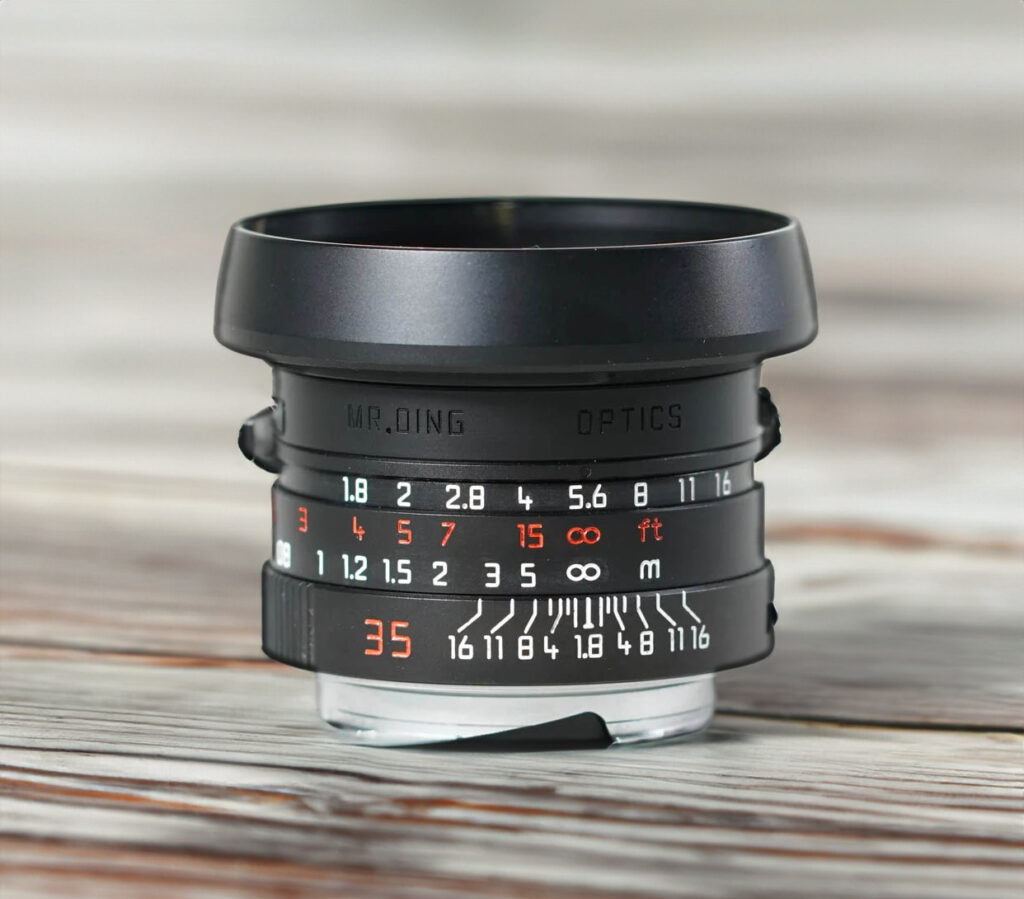

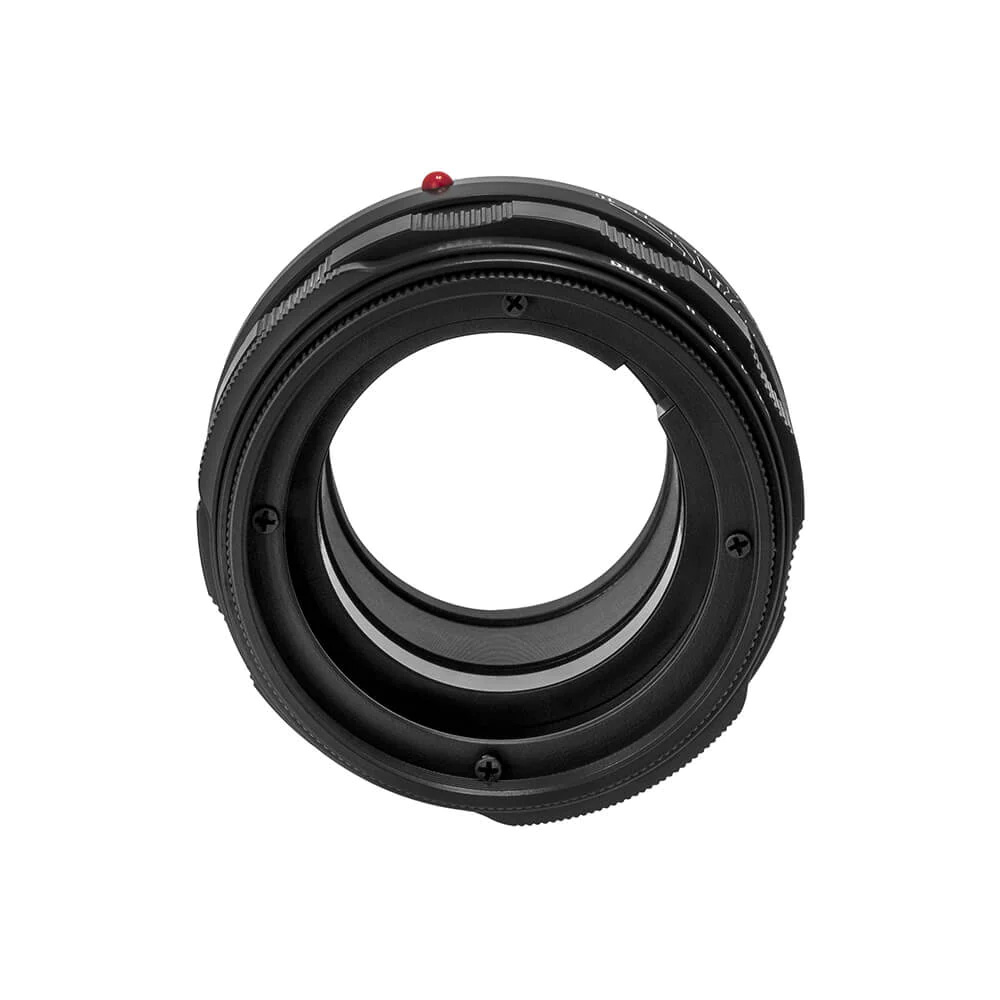
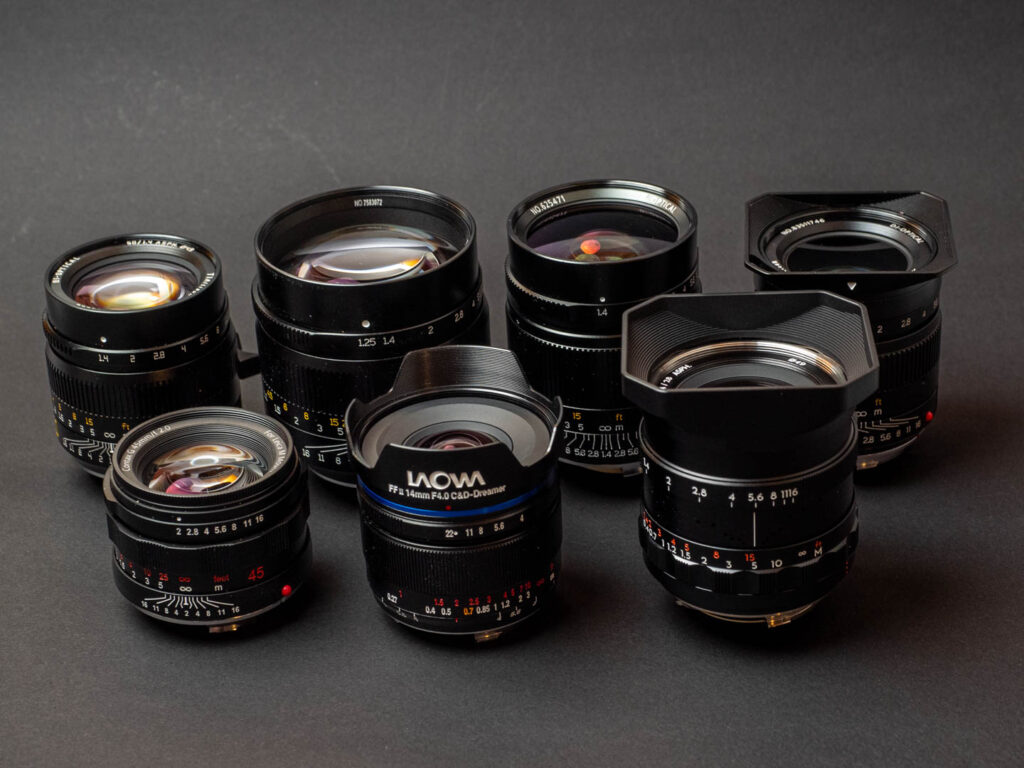




I cannot speak to most of these makes (yet), but I’ve shot a great deal with Laowa lenses (on my mirrorless). They’ve definitely gone off and done their own thing in the DSLM world. I am pretty new to photography, so it really surprised me that the fun / inspiring lenses weren’t necessarily the sharpest or highest scoring. The 28/1.2, 15/2 and 35/0.95 are standouts in that regard, and influenced me to look at Fuji and Leica.
I got an M camera very recently, plus some LLL lenses and the Thypoch 28/1.4 to stay me over while my bank account replenishes ;). I can speak to them more after I’ve used them for a while longer. I’m looking forward to the LLL lenses because I liked the idea of experiencing Leica through their historical lenses first, but simply cannot afford those lenses in the collector’s market.
Great to read this, AC. I do wish you much joy and success with your beautiful equipment. Maybe you want to share your experience at a later stage here on Macfilos… All the best, JP
Nice review Jõrg-Peter!
LSI (formally LHSA) had a president back years ago after I joined named Roy Moss. Roy used to refer to certain people, including himself, as “Leica-centric“. This was a compliment, and this term has stayed with me.
Mr. Zhou, the founder of Light Land Labs epitomizes this descriptor. His goal has been to very closely emulate, and slightly improve upon due to current knowledge, several classic Leitz and Leica lenses, made as closely as possible to the way they were originally. I have never had a direct conversation with Mr. Zhou — it has been through English-writing Chinese intermediaries — but I am pretty clear that his guiding light is to be able to produce the lenses AND ESPECIALLY PERFORMANCE of the originals. IMO he has succeeded thus far. He is scrupulous to provide MTF curves ands other graphs to illustrate this.
Mr. Zhou has communicated, both through the LLL website and through his intermediaries, that he has many other lenses planned. Not all are Leica copies, but all will attempt to incorporate his view of excellence. Maybe Leica should hire the guy /s/.
Dear Ed,
thank you so much for adding this. As I wrote, I never had the opportunity to actually use a LLL lens. But I personally know people who have, and they are absolutely happy with their purchases. I think this almost scientific approach to re-create legendary Leica lenses is a wonderful addition to the options in the M-Mount realm. And, of course, emulating these lenses on such a level is a means of acquiring knowledge in its own right. I will follow LLL and see how their projects are going on. And maybe I find someone who will lend one to me!
All the best, JP
Yes! The M-files comes through for us, once again. I’ve looked at a couple of Chinese lenses, but I had no idea there were so many brands. So, congratulations once again.
After ‘looking’, I bought a TTArtisan 50mm f1.4. Appearance, construction and handling are very high quality. There is a tendency to flare — but that can be controlled. I use an M240 with EVF and OVF, which allowed me to see that the lens front-focused.
Fortunately, the lens comes with a tiny screwdriver, instructions,and a chart that allows the user to correct focus. I admit I was afraid of how complicated it all would be, but I tired of using the EVF. I sat down, read the instructions, and gave it a try. Within a minute, I got EVF and OVF to agree to great accuracy at f1.4.
I don’t expect the TTArtisan to replace my 50 Summicrom v3. But I’ve got lovely photos with it. Also— I got it used on ebay for 2/3 price. Couldn’t be happier.
Finally, there are some good, careful reviews of 7Artisans and TTArtisans on Bastiak’s site.
You‘re welcome, Kathy. This episode was another one that stated with a seemingly small scope and turned out to be much more work than I had thought. All in all, it is to be welcomed that there are ever new options of M-Mount users. And, sure, and EVF helps to overcome many weaknesses of lenses, be it focus shift or flaring. Good to read that you find a way to cope with all that. In the end, it‘s you who take the photo, and not your lens :-). All the best, Jörg-Peter
My understanding is that both 7Artisans and TTArtisan are designing/specifying lenses but that production is actually undertaken by DJ Optical, which may explain why they share the same distributors in some markets.
My experience with Chinese M lenses has been good although limited to lenses that I don’t use much:
– I had the original 7Artisans 35mm f/2 which was surprisingly sharp but also very low contrast and very prone to flare wide open. I resold it as I don’t use 35mm much but I understand the MkII is much better wide open and is probably a .
– Being a kind of 28mm freak, I got both the TTArtisan 28mm 5.6 and the Funleader x Brightin Star 28mm 2.8. They are both very well built and very small (the Funleader more so) but not without their quirks. I prefer to use them with less demanding film (think 400 ISO B&W film) and stick to my beloved 28mm Summicron on my M10.
One lens which isn’t mentioned above but is tempting me is Laowa’s 85mm 5.6 macro. That lens is tiny, range-finder coupled down to 0.7m, and offers a maximum magnification of 2:1! It is of course not fast at all but offers a tempting package for travel photography (macro will require live view but so does the Leica Macro adapter).
Thanks, fiatlux, for adding these points. I think I could spend a few years to come with trying out all these lenses! The Funleader x Brightin Star 28 caught my attention as well. For the moment, however, I am quite fascinated by the new Voigtländer 28/2.8 (see previous episode of The M Files). And yes, I also heard that DJ Optical could be the manufacturer both TTArtisan and 7Artisans are working with. I hope you enjoy your lenses, and photography in general. And do stay tuned for the next episode of The M Files. This will be an interesting one… JP
Mr. Ding and Funleader? I hope they spent more on lens development than the choice of brand names might suggest.
They might take a cue from LG, the hugely successful South Korean electronics and appliance company. Which started out as Lucky Gold Star.
Often, these odd names are best left in the original language, such as Xiaomi and Huawei. But BYD. which seems to have started off in English, is the odd one out. Even so, I do draw the line at owning a “Build Your Dream” car. With a name like that, they are a hostage to fortune.
No name jokes, gentlemen… But you are perfectly right, some of the names are strange. But don‘t be fooled. The Funleader 45/2 Contax conversion is a wonderful and very, very well made lens. The optical cell is from Kyocera, sure, but all the rest is the result of serious work (despite the name). Jörg-Peter
Name jokes? Me? Wouldn’t dream of it.